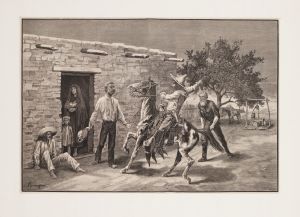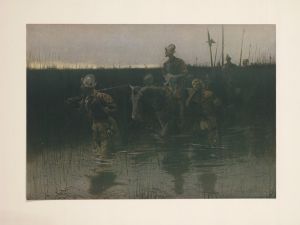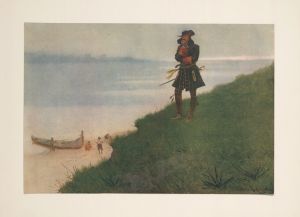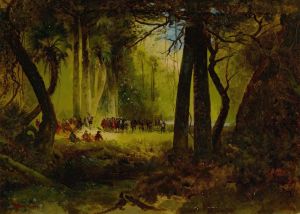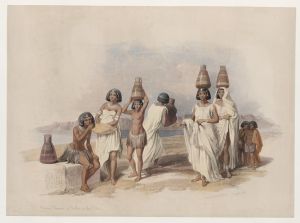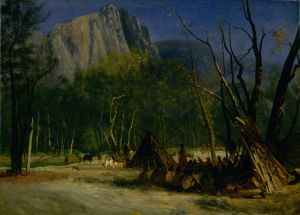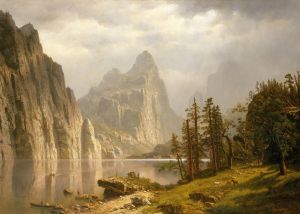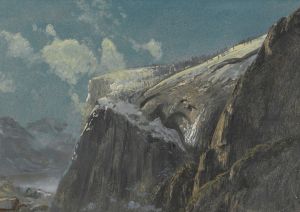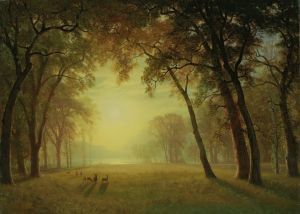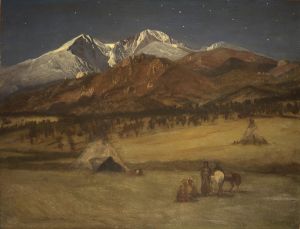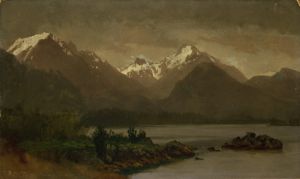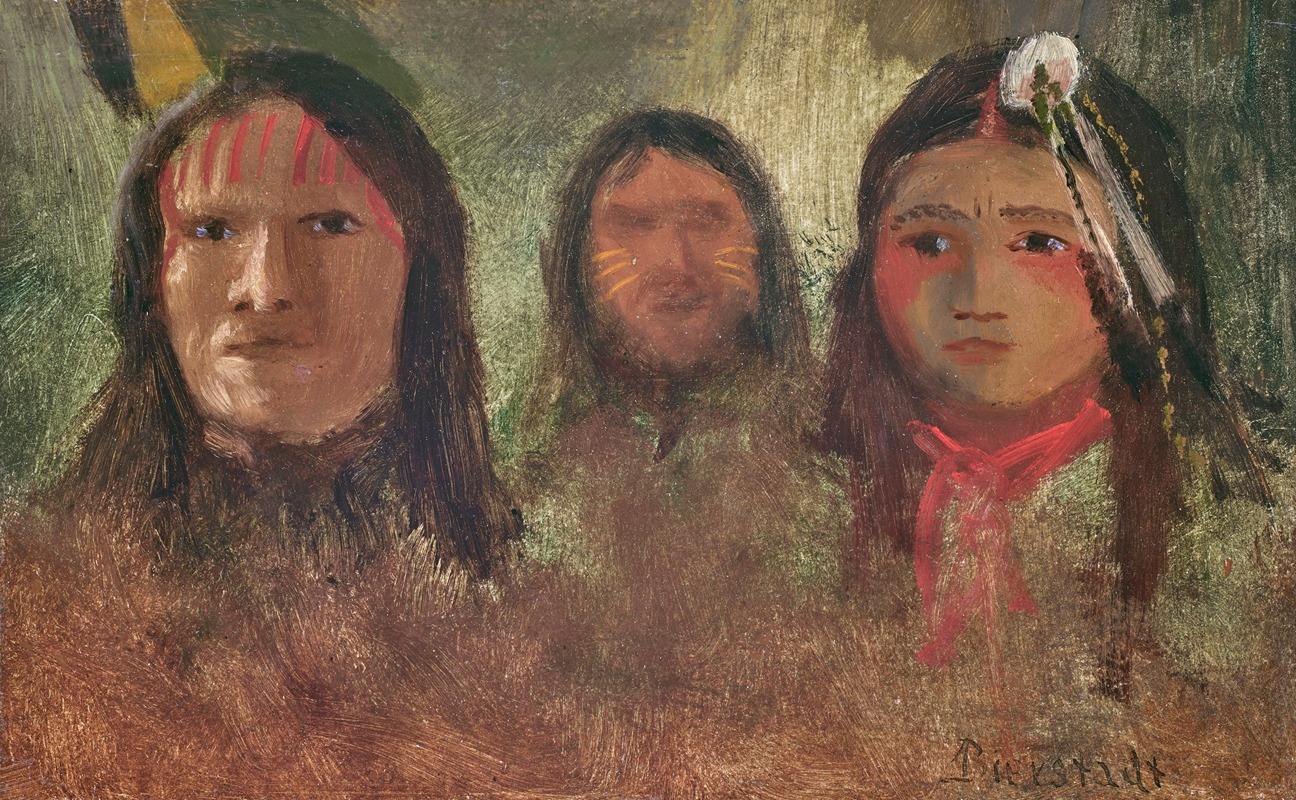
Three Indians
A hand-painted replica of Albert Bierstadt’s masterpiece Three Indians, meticulously crafted by professional artists to capture the true essence of the original. Each piece is created with museum-quality canvas and rare mineral pigments, carefully painted by experienced artists with delicate brushstrokes and rich, layered colors to perfectly recreate the texture of the original artwork. Unlike machine-printed reproductions, this hand-painted version brings the painting to life, infused with the artist’s emotions and skill in every stroke. Whether for personal collection or home decoration, it instantly elevates the artistic atmosphere of any space.
Albert Bierstadt was a renowned 19th-century American painter known for his large landscapes of the American West. His work is characterized by grand, sweeping vistas and a meticulous attention to detail, capturing the majesty and beauty of the natural world. One of his lesser-known works, "Three Indians," reflects his interest in the indigenous peoples of North America, a subject he often included in his paintings to add a narrative element to the landscapes.
"Three Indians" depicts three Native American figures set against a backdrop that showcases Bierstadt's signature style of dramatic lighting and expansive scenery. While specific details about the painting's creation, such as the exact date and location it portrays, are not widely documented, it is consistent with Bierstadt's broader body of work, which often sought to romanticize and dramatize the American frontier.
Bierstadt was part of the Hudson River School, a mid-19th century American art movement embodied by a group of landscape painters whose aesthetic vision was influenced by romanticism. The artists of this school, including Bierstadt, were known for their idealized depictions of nature, often incorporating themes of exploration and the sublime. Bierstadt's paintings, including "Three Indians," typically feature luminous lighting effects, a technique known as luminism, which enhances the emotional impact of the scene.
Throughout his career, Bierstadt traveled extensively to gather material for his paintings. He joined several expeditions to the American West, where he sketched and photographed the landscapes and peoples he encountered. These journeys provided him with the inspiration and material for many of his works, allowing him to bring the grandeur of the West to an Eastern audience who were largely unfamiliar with these distant lands.
In "Three Indians," Bierstadt's portrayal of Native Americans is reflective of the 19th-century European-American perspective, which often romanticized indigenous peoples while simultaneously overlooking the complexities and realities of their lives. His work is part of a larger narrative in American art that both documented and mythologized the West during a period of significant change and expansion.
Bierstadt's paintings, including "Three Indians," played a role in shaping public perceptions of the American West. They were exhibited widely and often sold for substantial sums, contributing to his reputation as one of the foremost landscape painters of his time. His work remains significant not only for its artistic merit but also for its historical context, offering insights into the cultural attitudes and values of 19th-century America.
While "Three Indians" may not be as widely recognized as some of Bierstadt's other works, such as "The Rocky Mountains, Lander's Peak" or "Among the Sierra Nevada, California," it nonetheless exemplifies his skill in blending narrative and landscape, capturing a moment in time with both beauty and complexity. Bierstadt's legacy endures through his contributions to American art, providing a window into the past and a testament to the enduring allure of the American landscape.





